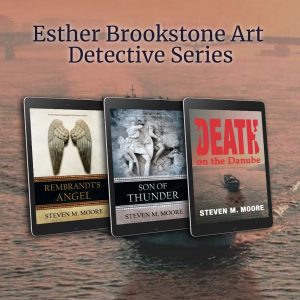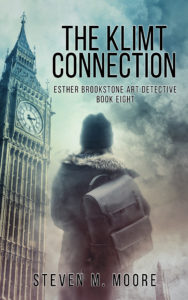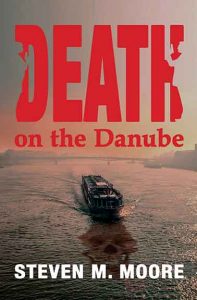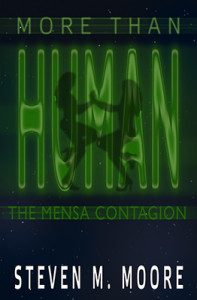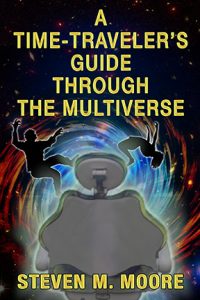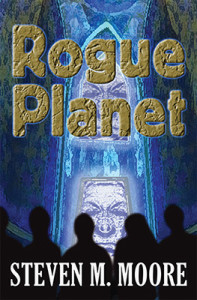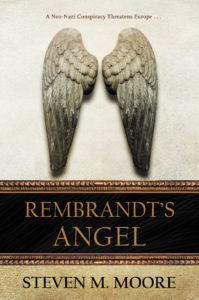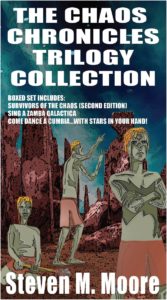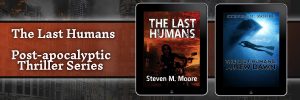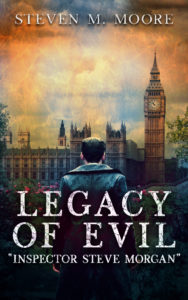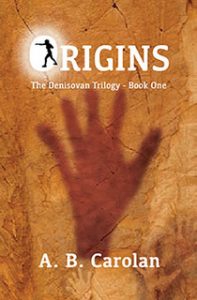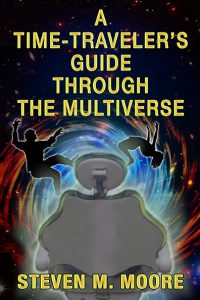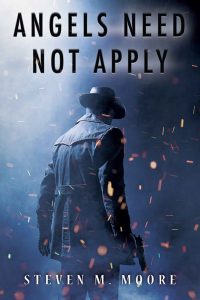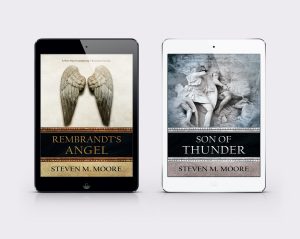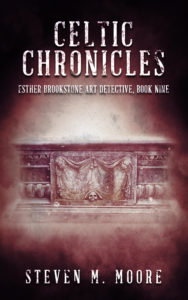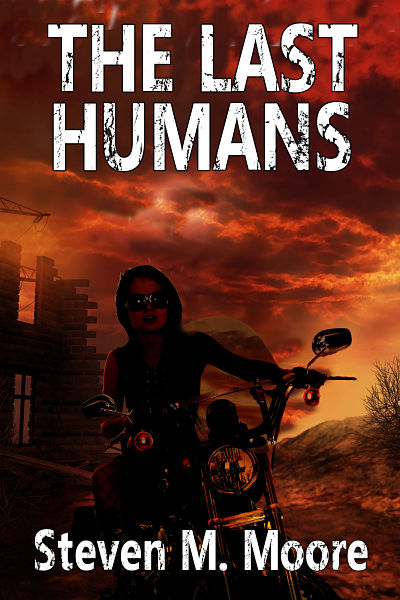Origins redux…
Wednesday, August 24th, 2022I’ll explain the title of this article in a bit. First, let me say I’ve been meaning to write one about book banning, either for here at my author’s blog, or at pubprogressive.com, my political blog. It was going to be a general article about the dangers associated with such practices that I consider an insidious influence on authors and publishers and the antithesis of freedom of expression. It’s curious, for example, how America’s far-right rails against government intrusion when they’re all for controlling what people can read. Of course, no sane person should ever look for logical behavior from America’s far-right, or from their evil lord and master Donald J. Trump, who has shown how illogical one person can be, among other things too despicable to put in an article about writing and publishing.
 Book banning in general is bad. Fahrenheit 451 shows how it’s tied to fascism. Freedom of expression is the opposite of book banning, to put it simply. Censorship should always be questioned in any society that pretends to be democratic. You might not want to read Fifty Shades of Grey (I don’t either), but I have no right to stop you if you do. No person or group should be allowed to do that.
Book banning in general is bad. Fahrenheit 451 shows how it’s tied to fascism. Freedom of expression is the opposite of book banning, to put it simply. Censorship should always be questioned in any society that pretends to be democratic. You might not want to read Fifty Shades of Grey (I don’t either), but I have no right to stop you if you do. No person or group should be allowed to do that.
And you don’t have to use fictional extremes like Bradbury’s famous novel to see the dangers either, real dangers. Banning of works like Huckleberry Finn, or of any other tale about minorities, by the anti-cultural appropriation nuts is just plain wrong. Mark Twain could write about Jim because he’d observed how black men and women were treated in Missouri—they still are treated badly, because it’s a rock-solid member of the FSA—see the meaning of that acronym at pubprogressive.com. And my own inclusion of Asian, Black, and Hispanic characters in my novels is also justified by own observations made everywhere I’ve lived and traveled.
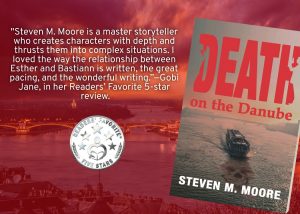 Okay, so much for generalities. What America’s far-right is doing with book banning is dangerously close to what far-right regimes do in the rest of the world. It’s another reason why America is looking like 1930s Nazi Germany right now. And it’s akin to how Iran’s evil theocracy treats freedom of expression because America’s far-right book-banners are often radical religious fanatics as well. Hopefully America’s far-right will come to its sense and stop this insane emulation of Iran, which has reached an acme of persecution with its thirty-year fatwa against Salman Rushdie. What happened to that man shouldn’t be the fate of any author. Or, is that what America’s far-right wants? Murdering an author goes far beyond banning his books!
Okay, so much for generalities. What America’s far-right is doing with book banning is dangerously close to what far-right regimes do in the rest of the world. It’s another reason why America is looking like 1930s Nazi Germany right now. And it’s akin to how Iran’s evil theocracy treats freedom of expression because America’s far-right book-banners are often radical religious fanatics as well. Hopefully America’s far-right will come to its sense and stop this insane emulation of Iran, which has reached an acme of persecution with its thirty-year fatwa against Salman Rushdie. What happened to that man shouldn’t be the fate of any author. Or, is that what America’s far-right wants? Murdering an author goes far beyond banning his books!
But what about the title of “Origins Redux” for this article? Last week I wrote about the origins of some of my books. The attack on Rushdie made me ask myself, “Will I be attacked by rabid Catholics because I had my character Declan O’Hara write a historical novel about St. Brendan? Will they attack me for writing one myself about St. John?” “Absurd!” you might say. But isn’t that similar to what Rushdie did? You don’t think Catholics can have far-right sentiments? You just have to look at SCOTUS to see far-right Catholic fanatics in powerful positions in the US government! I’m willing to bet if a book-banning case come before them, they’ll vote against the author or publisher!
If you say that no one will come after me because I don’t sell many books, you’re correct. But authors freedom of expression must be protected no matter how well their books sell. All authors and publishers are adversely affected by book banning. One banned book anywhere can make every author and publisher constrain what they put into words. I rebel against constraints!
Iran provides an evil and extreme example of how far-right censorship in America could go. And it’s so absurd! Readers are always free to choose not to read materials they find offensive. They shouldn’t try to force their reading preferences and prejudices on anyone, though. That lead to fatwahs like Iran’s against Rushdie. ‘Nough said.
***
 Comments are always welcome. (Please follow the rules on the “Join the Conversation” web page. If you don’t, your comment will be considered spam.)
Comments are always welcome. (Please follow the rules on the “Join the Conversation” web page. If you don’t, your comment will be considered spam.)
Come globe-trot with me! Your last chance to get a bargain-buy of three evergreen novels from three different series that will take you, the reader, to many different countries. Aristocrats and Assassins (UN52Q) finds Detective Castilblanco and his wife on an European vacation that becomes deadly. Why is a terrorist kidnapping Europe’s royals? In Death on the Danube (AR72S), you’ll cruise down that famous river along with Esther Brookstone and Bastiann van Coevorden on their honeymoon voyage…right into danger, as the two sleuths try to find a murderer. And in Muddlin’ Through (TV85M), you can go along on a dangerous tour with Mary Jo Melendez around Europe and South America as she tries to prove she was framed for her sister and brother-in-law’s murder and tries to save the MECHs (“Mechanically Enhanced Cybernetic Humans”). All these globe-trotting adventures that will leave you breathless and asking for more are on sale now at Smashwords for only 99 cents. (Use the indicated promo codes if you don’t see that price.) Sale ends August 31. Bon voyage!
Around the world and to the stars! In libris libertas!
